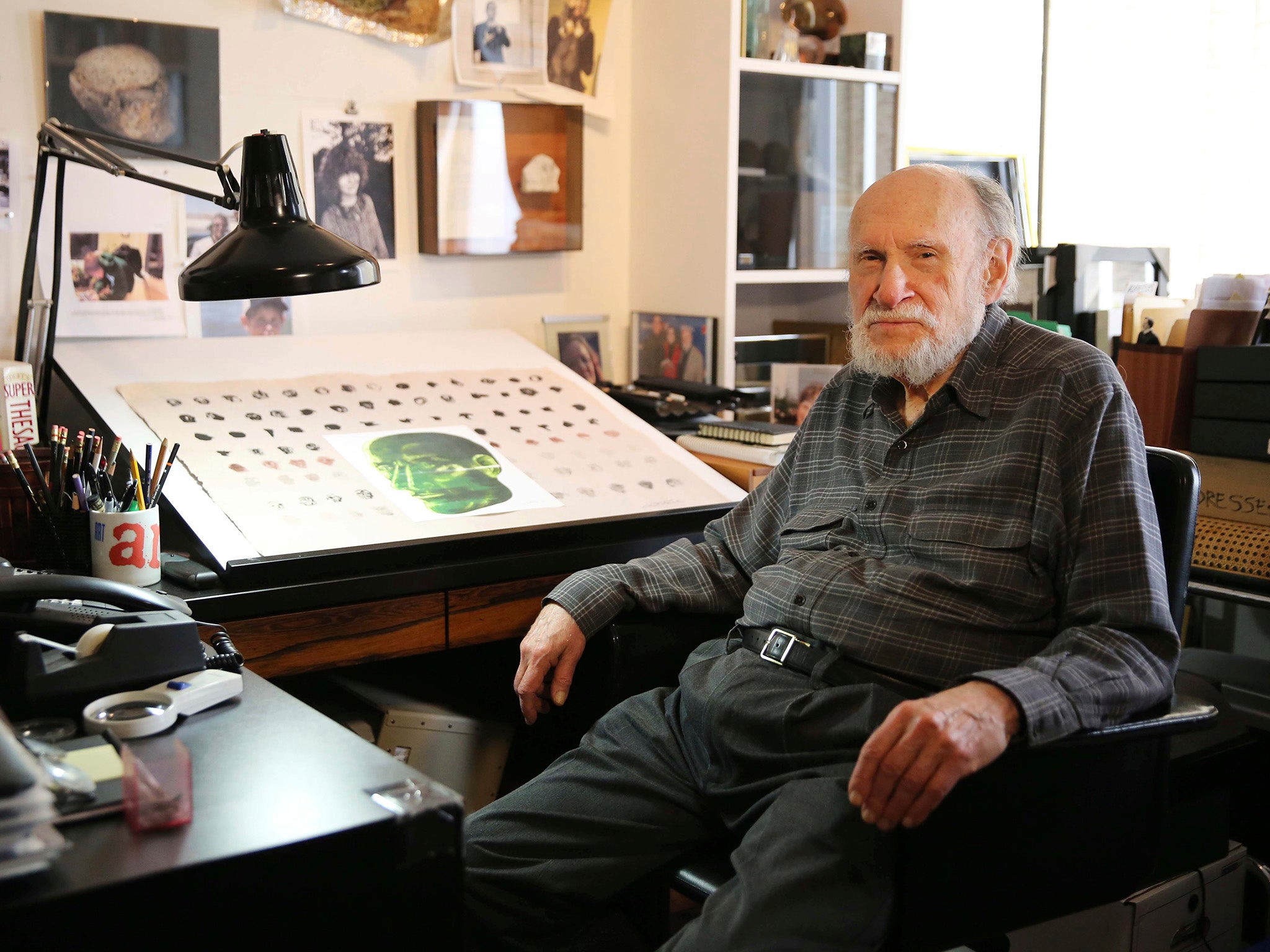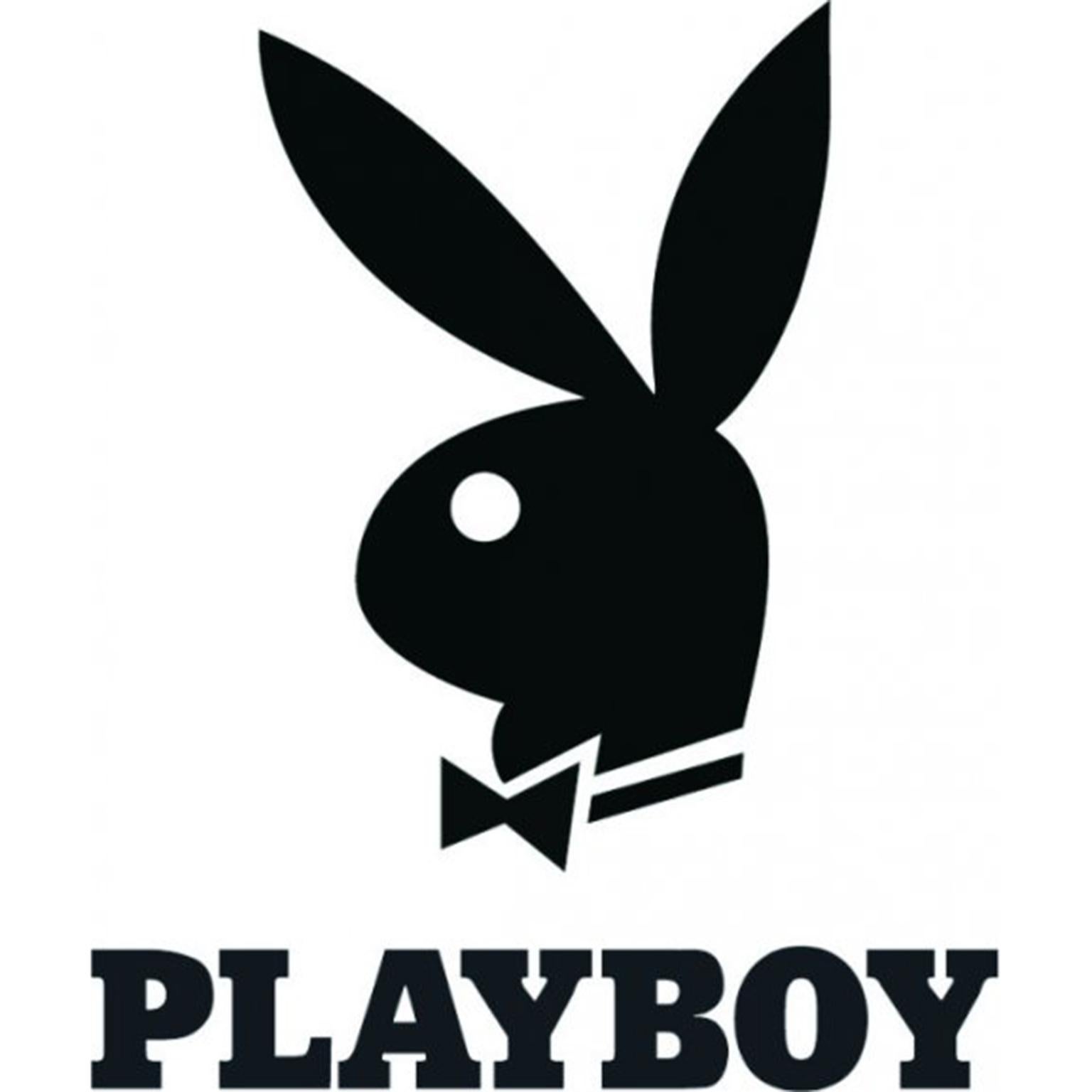Art Paul: American graphic designer who gave Playboy its bunny logo
When Hugh Hefner decided his magazine needed a recognisable symbol, he turned to his art director who created one of the world’s most popular logos

Art Paul, who has died aged 93, was the founding art director of Playboy magazine who created the familiar bunny logo that became the symbol of Hugh Hefner’s publishing and entertainment empire and who exerted a lasting influence on magazine design.
Hefner was developing his idea for a new men’s magazine in 1953 when he approached Paul, then working as a freelance illustrator and designer in Chicago. Hefner sought a clean, modern design for the magazine that he wanted to call Stag Party.
When another men’s publication, Stag, sent a cease-and-desist letter, Hefner was forced to come up with another name, and Playboy was born. Paul designed the first cover, a photograph of Marilyn Monroe taken during a parade as she waved to the crowd.
“Art Paul managed to create a striking black-and-white cover design with a red logo,” Hefner wrote in Playboy in 1994. “This was just the first example of how Art took ordinary pictures and, through inventive design and the addition of illustrative details, made the magazine and its covers innovative and interesting.”
Paul, the first person hired by Hefner at Playboy, designed the magazine’s table of contents, articles and regular features – and its first nude photo, an image of Monroe on a red satin sheet. (“I had nothing on but the radio,” she later quipped.)
When Hefner, who died last year, decided the magazine needed a recognisable symbol, like the New Yorker’s top-hatted Eustace Tilley or Esquire’s mustachioed “Esky,” he suggested the idea of a rabbit. In less than an hour, Paul sketched the bunny head in profile, with a jaunty bow tie.
At first, it was intended to mark the end of stories, but by the third issue it had migrated to the magazine’s cover, where it has stayed ever since, month after month. Paul, who was Playboy’s art director for 29 years, came up with ingenious ways to disguise the bunny logo on the magazine’s cover.

Readers sometimes wrote to the magazine, saying the logo was missing from the cover, but it was invariably there, whether in a pair of gloves held just so, in a reflection from a woman’s eye, in a pattern of rumpled sheets, on a cufflink peeking out from a sleeve or, shown in negative space, by an overhead view of a group of women arranged on a beach.
“I didn’t want to hide it so much, necessarily,” Paul said in 2009. “I wanted to involve it with the lifestyle a little more – with fun and with humour.”
In addition to designing the look of the magazine, Paul hired artists to create original paintings and illustrations. He commissioned work from Salvador Dali, Andy Warhol, LeRoy Neiman, James Rosenquist and Shel Silverstein, telling them their work should reflect the spirit of the article and should stand alone, without need of a caption.
During Paul’s tenure as art director, Playboy won hundreds of awards for illustration and graphic design and influenced the visual appearance of scores of other magazines and newspapers. He was credited with creating a rhythmic flow to Playboy’s pages. He came up with the magazine’s simple but effective layout for its monthly interviews, with three contrasting photos of the subject at the top of the page.
He used cropped images from stories in the table of contents and experimented with “participatory graphics”, such as pop-up pages, collages and die-cut patterns revealing images from other pages.
Paul said he took the job at Playboy only because Hefner offered him complete freedom and the chance to create the magazine’s visual identity.
“Quite simply, he was the right guy in the right place at the right time,” Hefner said in 2009. “I couldn’t have done it without him.”
Born in Chicago in the mid-twenties, Arthur Paul was a year old when his Ukrainian-born father died. Paul delivered newspapers as a boy, and an older brother became the family’s primary breadwinner.
Young Arthur decided to become an artist after seeing a sculpture his brother made of their sleeping sister. He kept his brother’s sculpture for the rest of his life.
Paul studied at the school of the Art Institute of Chicago before serving in the U SArmy Air Forces during the Second World War. He used the GI Bill – a law that securing benefits to US veterans – to study at Chicago’s Institute of Design (now part of the Illinois Institute of Technology), graduating in 1950. His studies were strongly influenced by Bauhaus, which emphasised clean lines and simplicity.
After retiring from Playboy in 1982, Paul worked as an independent designer in advertising, television, magazines and film. He also created thousands of paintings, which he occasionally exhibited in galleries in Chicago.
His first marriage, to Beatrice Miller, ended in divorce. Survivors include his wife of 43 years, Suzanne Seed of Chicago; two sons from his first marriage; a stepdaughter; and two grandchildren.
Paul’s bunny logo became one of the world’s most recognisable corporate symbols, emblazoned on the tail of Hefner’s private jet and on countless products, as well as every issue of Playboy magazine. It was so well known that letters addressed with nothing more than a bunny head found their way to the Playboy offices in Chicago.
“I drew the new logo in a few minutes,” Paul, who is survived by his wife, Suzanne Seed, said in 1994. “If I had known how famous that trademark was to become, I would have taken more time with it – and it probably wouldn’t have turned out as well as it did.”
Art Paul, graphic designer, born 18 January 1925, died 28 April 2018
© The Washington Post
Join our commenting forum
Join thought-provoking conversations, follow other Independent readers and see their replies
Comments
Bookmark popover
Removed from bookmarks